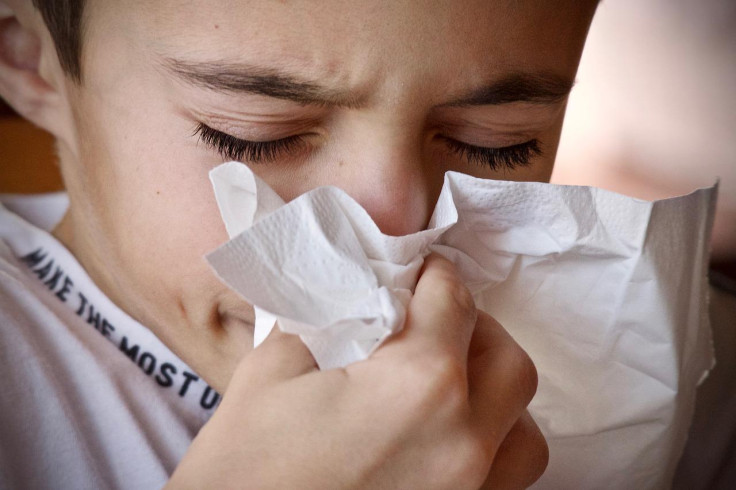NSW And Queensland See Alarming Surge In Whooping Cough Cases

New South Wales and Queensland have reported thousands of whooping cough cases, marking an alarming surge in caseloads from the previous year's totals.
As of June 30, NSW and Queensland have recorded 5,372 and 4,951 cases, respectively. In comparison, 2023 saw 927 cases in Queensland and 914 in NSW.
The situation was further worsened by a massive shortage of antibiotics, due to which authorities were compelled to restrict prescriptions and caution health practitioners to prescribe antibiotics sparingly, amid rising rates of pneumonia and other infections, according to News.com.au.
Whooping cough is a serious respiratory illness that can happen to people of any age, but is particularly alarming when it affects babies under the age of 12 months. The disease is highly contagious and can be fatal if not treated in a timely manner.
NSW Health has sounded an alarm over an unusual uptick in whooping cough cases among school-aged children. Meanwhile, South Australia has also been reported to have been witnessing mounting caseloads, underscoring the widespread nature of the ongoing outbreak, according to Nine News.
Historically, such outbreaks have seen a resurgence cyclically, posing a serious threat to the population's immune system. The most noteworthy recent epidemic in the country was in 2015, when 22,570 cases were reported.
Experts warned that considering the natural cycle of disease outbreaks and the progressive deterioration of immunity levels over time, Australia was long overdue for another whooping cough outbreak.
What to look out for
- The disease usually manifests cold-like symptoms in the beginning, before worsening into uncontrollable fits of cough.
- Experts suggest drinking lots of fluids, rest, antibiotics, and vaccination to treat the disease.
- It has a highly contagious nature and therefore can put a whole community at risk.
- Good hygiene habits are also recommended to keep the disease at bay
- For children, vaccines are recommended during infancy, which should be followed by a booster dose during toddlerhood.
© Copyright 2025 IBTimes AU. All rights reserved.





















